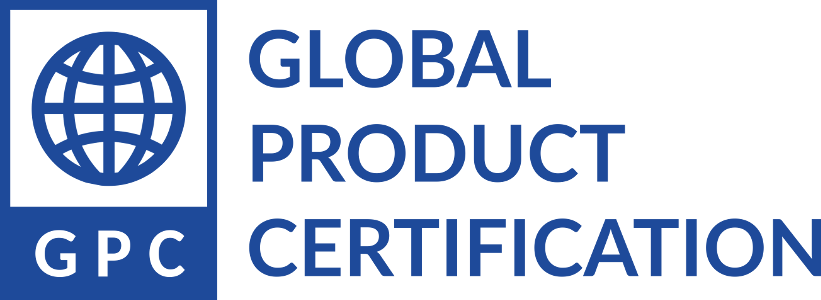ISO 22000
ISO 22000 environmental management system definition
ISO developed the Food Safety Management System Certification: ISO 22000. ISO 22000 can be applied to any organization in the food chain, farm to fork. Certification of ISO 22000 a
llows a company to show their customers that they have a food safety management system in place. This provides customer confidence in the product. This is becoming more and mor
e important as customers demand safe food and food processors require that ingredients obtained from their suppliers to be safe.
ISO and its member countries used the Quality Management System approach, and tailored it to apply to Food Safety, incorporating the widely used and proven HACCP principles and
Good Manufacturing Principles.
The standard has requirements for Food Safety Management Systems processes and procedures, and requires that the organization implement prerequisite programs and HACCP.

ISO 22000 Requirement
ISO 22000 requires that your organization establish a Food Safety Management System. This means that your company will have a documented system in place and fully implemented
throughout your facility that includes:
- Effective program in place to ensure a clean sanitary environment
- Effective and accurate Hazard Analysis and Clinical Control Plan developed to identify, prevent and eliminate food safety hazards,
- Established documented food safety management system processes to manage food safety throughout your organization - from management and business planning aspects to day to day communication and operations affecting food safety.
The ISO 22000 standard contains the specific requirements to be addressed by the Food Safety Management System. The standard requires food safety management system processes including:
- Set Up of Food Safety Policy which developed by top management
- Setting of objectives that will drive your organization’s efforts to comply with this policy
- Planning and designing a management system and document the system
- Maintaining records of the performance of the system
- Establishing a group of qualified individuals to make up a responsible team
- Defining communication procedures to ensure effective communication with important contacts outside the company (regulatory, customers, suppliers and others) and for effective internal communication
- Having an emergency plan
- Regular management review meeting to evaluate the performance of the ISO 22000
- Providing adequate resources for the effective operation of the ISO 22000 including suitably trained and qualified personnel, sufficient infrastructure and appropriate work environment to ensure food safety management system
- Implementing appropriate Programs
- Keep the principles of HACCP
- Establishing a traceability system for identification of product
- Establishing a corrective action system and control of nonconforming product
- Maintaining a documented procedure for handling withdrawal of product
- Controlling monitoring and measuring devices
- Regular internal audit
- Achievement of continuous development of Food Safety Management System


